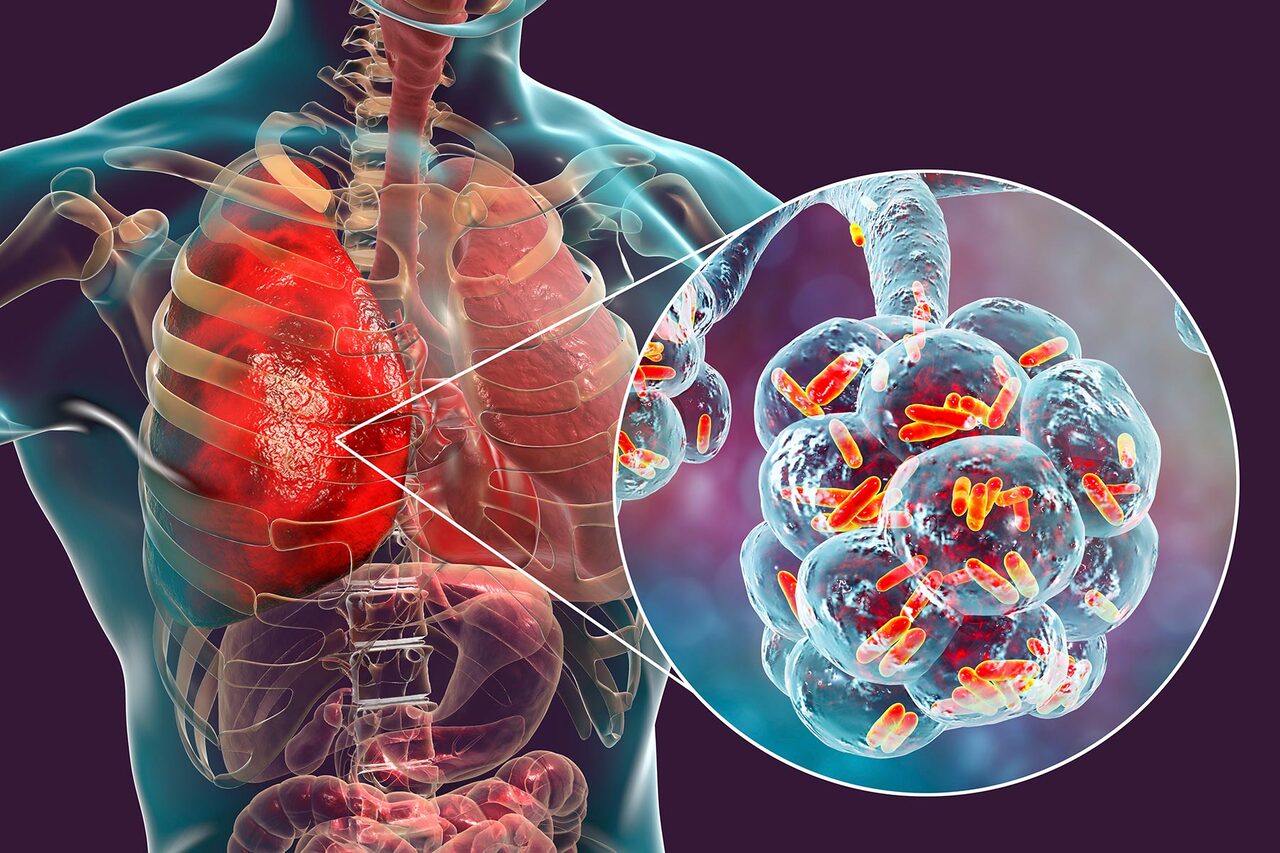Understanding Legionnaires’ Disease: A Serious but Preventable Illness
Legionnaires’ disease is a serious type of pneumonia (lung infection) caused by the Legionella bacteria. Though it is relatively rare, the disease can be severe—particularly for older adults, people with weakened immune systems, or those with chronic lung conditions. Prompt diagnosis and treatment are essential to prevent complications and reduce the risk of fatality.
What Causes Legionnaires’ Disease?
Legionnaires’ disease is caused by breathing in small droplets of water that contain Legionella bacteria. The bacteria thrive in warm water and can multiply in various human-made water systems such as:
- Hot tubs
- Cooling towers (air-conditioning systems)
- Large plumbing systems
- Decorative fountains
- Hot water tanks and heaters
It is important to note that Legionnaires’ disease does not spread from person to person in most cases.
Who Is at Risk?
While anyone can get Legionnaires’ disease, certain groups are at higher risk:
Adults over 50 years old
Smokers (current or former)
People with chronic lung disease
Individuals with weakened immune systems
Those with underlying illnesses such as diabetes, cancer, or kidney disease

Symptoms to Watch For
Symptoms typically begin 2 to 10 days after exposure and are similar to other forms of pneumonia. Common symptoms include:
Cough
Shortness of breath
High fever
Muscle aches
Headaches
Chills
Fatigue
Sometimes, gastrointestinal symptoms like diarrhea, nausea, or confusion
Because the symptoms can resemble other illnesses such as flu or COVID-19, it’s important to seek medical attention for an accurate diagnosis, especially if you've recently been around a large water system.
How Is It Diagnosed and Treated?
Doctors may use a combination of chest X-rays, urine tests, and sputum cultures to confirm the presence of Legionella. Once diagnosed, Legionnaires’ disease is treated with antibiotics. Most people recover with prompt treatment, although hospitalization may be required in severe cases.
Preventing Legionnaires’ Disease
Prevention focuses on proper maintenance and disinfection of water systems, especially in large buildings, hospitals, and hotels. Some key prevention measures include:
Regular cleaning of cooling towers and air conditioning systems
Flushing unused water lines regularly
Maintaining proper water temperature and chemical levels in hot tubs and pools
Conducting routine water testing in public and industrial settings
For individuals, there is no vaccine for Legionnaires’ disease, but avoiding high-risk water sources and being cautious when using poorly maintained hot tubs can help reduce personal risk.
Legionnaires’ disease is a potentially life-threatening illness that can be effectively treated and, in many cases, prevented. Increased awareness, early detection, and responsible water system maintenance are critical in reducing outbreaks and protecting public health.
If you experience pneumonia-like symptoms—especially after being around large water systems or recently traveling—seek medical attention right away. With timely care, most people make a full recovery.
